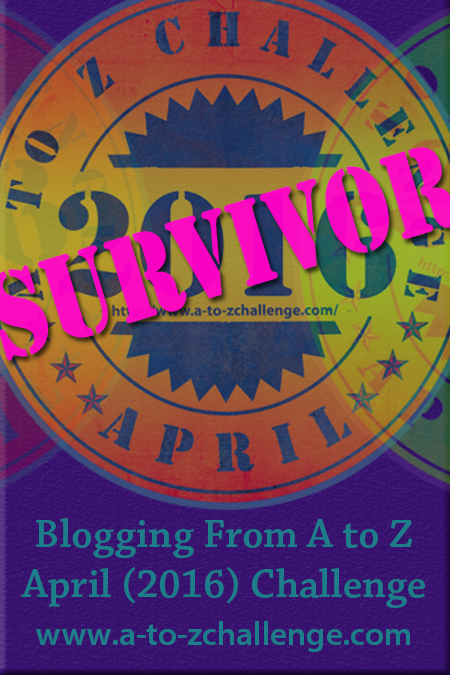There are only so many hours in the day and fewer still when the wind doesn’t blow, so we left Anchorage Island Friday morning before the sea state had a chance to whip up and made our way down to Klaskish Basin. The anchorage received highmarks from all three cruising guides we’re using for this trip, leading us to believe that it’s a “must-see”. But it isn’t. Not for us, anyway.
The view approaching Klaskish Inlet was truly beautiful – a scene straight out of the South Pacific. But the basin itself turned out to be a disappointment. The anchorage is neither “spectacular” nor “pristine” but, rather, just another large bay, half of which is too shallow to anchor in. The highlight: entering through the narrows, only 20 metres wide with vertical rocks rising straight up from the sea to starboard and dense forest to port. The only other thing the guides seem to have gotten right is that williwaws (gusty katabatic winds) can scream through the anchorage . . . in our case, all day and every day.
Outside the basin, the conditions were calm and quiet and it was tempting to move the boat. There were only two things stopping us: (1) in the process of upping anchor Friday morning, the chain snagged and tore out the thread insert in the windlass base that secures the chain-feed casting which strips the chain from the windlass and feeds it into the anchor locker. In other words, we could lower the anchor chain but not retrieve it (though David fixed the problem on Saturday). And (2) we didn’t want to be out there when the winds and sea state increased along the coast, leaving the anchorage exposed (which happened today). So we stuck it out inside the basin.
But we weren’t alone. When we arrived on Friday, there was one other boat already at anchor, Rosie out of Seattle. There isn’t much for radio reception here so the skipper, Scott, came over after we were settled for a visit and to hear the latest weather report: There’s a thermal low inland and a high offshore, leaving us in a squash zone, which means wind, wind and more wind until Monday. Another boat, Mistrel, came in that evening and on Saturday Cool Change arrived . . . under sail. But apart from having drinks aboard Rosie and another visit or two with Scott and his wife Mandy, the wind and whitecaps kept us all fairly quiet and to ourselves.
With time on his hands, David took the opportunity to tackle another boat job this morning. Over the last week or so we’ve noticed the house batteries are requiring more charging time, even after hours of motoring or a full day of sunshine on the solar panels, so David shutdown all of the boat systems and isolated each battery in order to establish individual voltage. Here are the results:
10h20m 10h40m 11h20m 11h50m 12h20m Δ voltage
Battery 3: 12.98 12.93 12.92 12.89 12.87 -0.11volts
Battery 2: 12.91 12.85 12.86 12.80 12.77 -0.14 volts
Battery 1: 12.94 12.81 10.98 10.96 10.94 -2.00volts
Starter: 12.60 12.60 12.63 12.61 12.60 No change
He found the culprit and immediately took it out of service so as not to drain the remaining two batteries. This isn’t the best news, especially out here where there’s no easy access to any type of supplies, let alone marine batteries. But they’re original to the boat (that makes them 15 years old) so they don’t owe us anything. Forever the optimist, I’m confident that we’ll make it through September before we have to go back to port. David, the more practical one, isn’t convinced. Either way, from here on we need to keep a sharp eye on them and do whatever we can to keep them alive.
The head of Klaskish Basin
With the batteries out of the way, we decided to take the dinghy out to have a look around. Up until now, our exploration of Klaskish Basin has been limited for several reasons – boat jobs, winds and, most of all, lack of motivation. But we did manage to muster enough curiosity to take a run up the Klaskish River, at the head of the bay, this afternoon. It was a short trip because the river is blocked by a logjam of large, downed trees – evidence of the strength of the williwaws that frequent the anchorage – but it was a nice one and felt good to get off the boat, even if it was just an hour or two.
So far the West Coast has been disappointing. It’s challenging and requires a lot of effort and planning (which is fine) for very little reward (which isn’t). But I’m optimistic that will improve once we round Brooks Peninsula tomorrow. Scott dashed that hope a bit, however, when I asked him if there were any anchorages that he and Mandy were looking forward to re-visiting (they did the West Coast a few years ago), and he said this one. Hmmm . . . .











0 comments